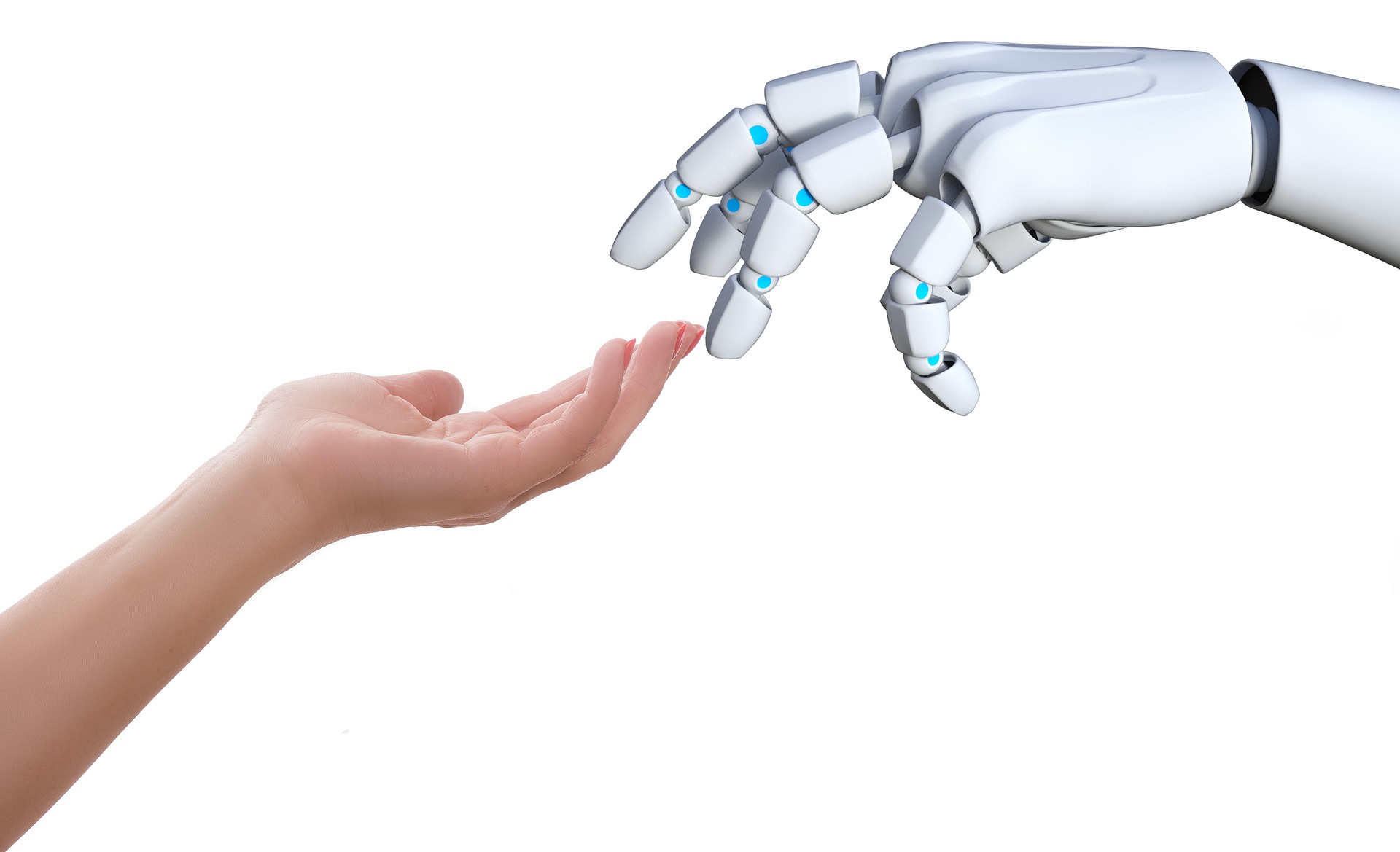Five myths about Robotic Process Automation (RPA)

Now the robots are taking over! The robots can do just about anything! RPA is expensive! – There are many opinions and rumors about RPA technology. Some things are true – but several are pure myths. Here are five myths about RPA – are they true or false?
Myth 1: RPA replaces humans
A risk that many see with RPA is that it will replace people in workplaces. However, an RPA is very well suited for work that is repetitive, monotonous, and repeated over and over again. A robot does this faster, the same way over and over again never gets tired, and can work around the clock. So for these tasks, a robot is well suited.
But a robot is not flexible, cannot think outside the box, and has no creativity or thinking out-of-the-box. So by using robots only for specific tasks, we can free up time people spend on more value-creating tasks.
The myth is false – RPA does not replace people – RPA helps people!
Myth 2: We do not need the IT department when implementing RPA
Many organizations see RPA as a way to automate processes and flows without involving the slow IT department. RPA vendors also tend to oversimplify RPA stating that everyone can build and run their robot without IT knowledge.
Yes – RPA is an easier way to automate processes compared to doing it in traditional IT systems. So yes – it requires less IT knowledge. But it would be best if you still had an infrastructure to run on, security roles, rights, scalability, etc. So it’s essential to involve the IT department and take the RPA journey with them.
The myth is false – the IT department needs to be involved
Myth 3: A robot can not make mistakes – everything will be flawless from now
 When a robot performs the tasks, everything will be perfect – because a robot can’t make mistakes! Yes, a robot does as it has been told/programmed, but it needs input to act on and work with other IT systems and depends on infrastructure.
When a robot performs the tasks, everything will be perfect – because a robot can’t make mistakes! Yes, a robot does as it has been told/programmed, but it needs input to act on and work with other IT systems and depends on infrastructure.
Let’s say that the input data changes – suddenly, a user writes the postal address where the postal code should be, or something changes on a webpage – there is an advertising banner where the product numbers are. So many things can go wrong, things that were not thought of when programming the robot. A human would probably have found a solution to these problems or just asked a colleague. But a robot depends on all these exceptions being tested and handled.
The myth is partially true – a robot does not make mistakes, but you cannot consider all external factors, so everything will not be completely flawless.
Myth 4: RPA is only suitable for financial processes
Many believe that only financial processes are ideal for RPA, where structured data and volumes of information return daily, week by week, and month by month.
Yes, indeed, RPAs work very well for many financial processes. But the reason is that those processes are highly automatable. So any method of a specific type is suitable for RPA. It is about automating processes that are:
- repeatable
- based on rules or logic
- has large volume
- do not have overly complicated business processes
The myth is false – all processes that can be automated regardless of area are suitable for RPA.
Myth 5: RPA is expensive in the long run
 A myth is that RPA becomes expensive in the long run because you build a spaghetti architecture with a high operating cost.
A myth is that RPA becomes expensive in the long run because you build a spaghetti architecture with a high operating cost.
Yes, RPA can be expensive in the long run – if you, for instance, use RPA for processes that have many exceptions that must be handled manually, those that do not have stable input, e.g., portals that change, etc.
When selecting the processes you want to automate, it is essential to choose the right strategies for RPA. The implementation of RPA is fast, does not require unique interfaces to systems, and you can easily select parts of processes. If you look at it that way, RPA is a relatively cheap way to automate compared to traditional IT systems.
The myth is false – if RPA is used correctly, it is cheaper than traditional IT.
Summary
RPA is not a revolution but rather an evolution. RPA is a technology that can work together with the regular organization. Used correctly, it can save valuable time and greatly benefit the organization.


Recent Comments